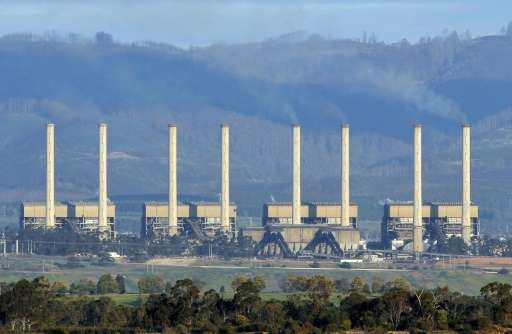Australia has long relied on coal-fired power to keep its lights on, but in 2025 the debate around dirty coal power plants is louder than ever. Rising carbon emissions, international climate pressure, and the growth of renewable energy have put certain plants in the spotlight as the nation’s worst polluters.
Why Coal Power Plants Are Called “Dirty”
Coal power is one of the highest-emitting sources of carbon dioxide (CO₂), sulfur dioxide (SO₂), and nitrogen oxides (NOx). These emissions contribute to:
-
Greenhouse gases driving climate change
-
Air pollution that causes respiratory illness
-
Acid rain and environmental damage
When analysts rank plants as “dirtiest,” they usually measure emissions intensity (CO₂ per megawatt-hour produced) and total annual output.
The Dirtiest Coal Plant in Australia
As of 2025, reports from environmental watchdogs continue to identify AGL’s Loy Yang A power station in Victoria’s Latrobe Valley as one of the dirtiest coal plants in the country.
-
Fuel: Brown coal (lignite), among the most polluting types
-
Capacity: ~2,200 MW
-
Emissions: Estimated at 15–18 million tonnes of CO₂ annually
-
Notable fact: Consistently ranks in the top 10 dirtiest coal plants worldwide in emissions intensity
Another frequent entry on “dirtiest plant” lists is Yallourn Power Station, also in Victoria, which has been criticized for older infrastructure and high emissions levels.
Top 5 Dirtiest Coal Power Plants in Australia (2025)
| Rank | Power Station | Location (State) | Capacity (MW) | Emission Intensity* (t CO₂-e/MWh) | Planned Closure Year |
|---|---|---|---|---|---|
| 1 | Yallourn Power Station | Victoria (Latrobe Valley) | ~1,480 MW | ~1.33 | 2028 |
| 2 | Loy Yang A Power Station | Victoria (Latrobe Valley) | ~2,200 MW | ~1.17 | 2035 |
| 3 | Loy Yang B Power Station | Victoria (Latrobe Valley) | ~1,050 MW | ~1.14 | 2046–47 |
| 4 | Gladstone Power Station | Queensland | ~1,680 MW | ~0.95 | TBD |
| 5 | Eraring Power Station | New South Wales | ~2,880 MW | ~0.87 | 2025+ (under review) |
* Emission Intensity = tonnes of CO₂ equivalent per megawatt-hour generated — a key measure of how “dirty” the plant is.
Impact on Australia’s Energy Mix
Despite being a wealthy nation with vast renewable potential, Australia still gets about 50–55% of its electricity from coal in 2025. The dirtiest plants persist because:
-
Low cost of brown coal in regions like Victoria
-
Legacy grid infrastructure built around coal
-
Slow political consensus on energy transition
Government Policy and Phase-Out Plans
Australia’s federal and state governments have pledged to cut emissions and accelerate renewable adoption. For example:
-
Loy Yang A is currently scheduled to close by 2035, though environmental groups are pushing for an earlier date.
-
Yallourn’s operator has announced closure by 2028.
-
Eraring in NSW was planned to shut down in 2025 but may be extended due to grid reliability concerns.
-
National targets aim for 82% clean energy by 2030, meaning coal’s role will shrink significantly.
The Future: Renewables vs Coal
With the rapid rise of solar farms, wind farms, and battery storage, the economics of coal look weaker every year. Communities that once depended on coal jobs are transitioning toward clean energy industries.
Still, the dirtiest coal power plants remain in operation, balancing grid reliability until storage solutions scale up. This tension defines Australia’s current energy debate.
Key Takeaways
-
Yallourn and Loy Yang A are the dirtiest coal plants in Australia by emissions intensity.
-
These plants emit millions of tonnes of CO₂ annually, contributing heavily to climate change.
-
Closure dates are set, but there is uncertainty around timelines due to energy demand pressures.
-
Renewables are scaling quickly, but coal remains a stubborn backbone of Australia’s grid—for now.

